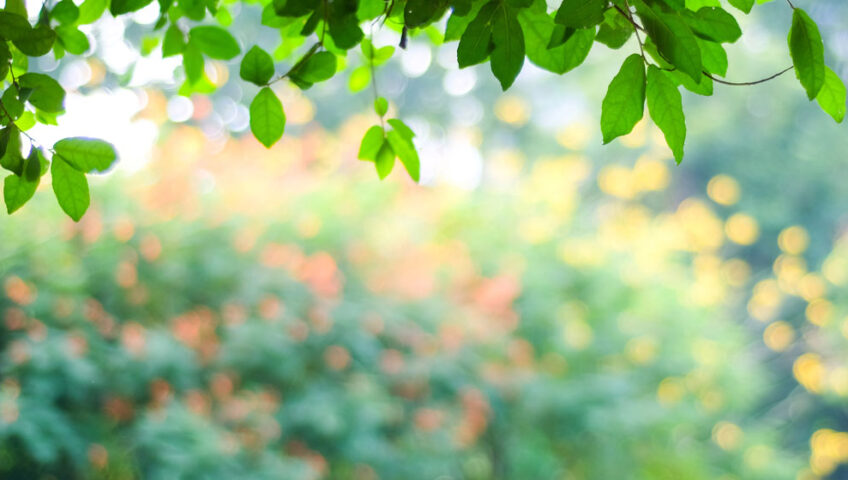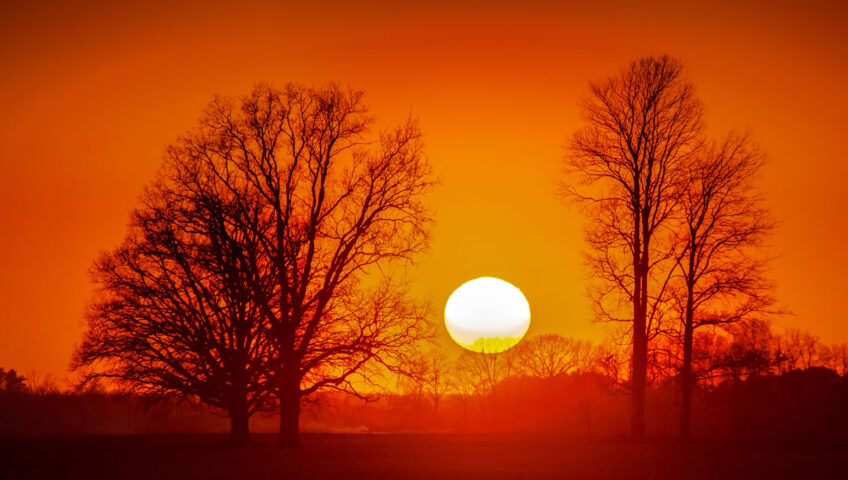The emerald ash borer has an exotic name for such a tiny insect. Measuring barely one-half inch long when fully grown, Agrilus planipennis has become one of the most invasive threats to ash trees worldwide.
This beetle, sometimes nicknamed EAB, can be traced back to the continent of Asia. How it managed to travel around the world is still a matter of speculation, but the most likely culprits are shipping boxes made of the beetle’s favorite food – ash trees.
Today, the EAB is a documented invasive species that is catalogued in the federal government’s National Invasive Species Information Center.
According to recent reports, the emerald ash borer has a documented presence in 35 out of 50 US states and six out of 10 Canadian provinces in North America. The beetle has already killed up to 100 million ash trees throughout the continent and shows no signs of stopping.
Are there any tricks to identifying emerald ash borer? What type of emerald ash borer treatment is available if your ash trees become infested? Read on to find out!
Tips for Identifying Emerald Ash Borer Beetles
This diminutive beetle actually causes the least amount of damage in its adult lifestage. When the beetle is really devastating is when the EAB is in the larval stage and is feeding like mad on the inner bark of the ash tree trunk, literally destroying the tree from the inside out.
Not surprisingly, it can be hard to identify the beetles when they are in the larval stage. If the adult beetle is tiny, the eggs are even tinier – each one measures barely 0.25 inches in length.
However, there are distinctive patterns that begin to appear as EAB larvae start feeding on ash tree bark. You can look for each of the following:
– Outer bark splitting open vertically.
– S-shaped formations in the bark called “galleries” that snake one way and then the other, up, down or side to side across the bark surface.
– Plenty of brown dusty substance called “frass” that the larvae leave behind while feeding.
– D-shaped holes that the adult beetles make when they emerge from the inner bark.
– The upper canopy of your ash tree begins to look sparser and this intensifies as time passes.
– You see odd branches and shoots called “suckers” start to grow out from around the lower portion of the trunk and these are covered with larger-than-normal leaves.
This graphic may also help you decide if what you are seeing may be an EAB infestation.
Another possible sign that EAB’s have moved in happens when your ash trees start to attract more woodpeckers, who love to hunt the larvae. Woodpeckers can also cause tree damage, and just seeing woodpeckers does not necessarily mean you have an EAB infestation.
But if you see both the woodpeckers and some of the signs mentioned earlier here, it is time to call out the pros for an evaluation.
Once you have succeeded in identifying emerald ash borer issues, it is time to move on to your treatment options.
Emerald Ash Borer Treatment Options
The ash borer beetle represents an active and growing threat to ash trees throughout North America.
In Nebraska and elsewhere, areas of quarantine have been established and are adjusted as necessary. The quarantines help to prevent EAB infestations from spreading by preventing removal and/or export of infected ash trees or ash products (firewood, et al) into new areas.
You have two basic options for treatment once you have a confirmed infestation on your hands. The first option is treatment with chemicals. The second option is tree removal. In all cases, the earlier you confirm an EAB infestation, the more likely you will be to find success in taking a treatment and remediation approach.
Tree removal.
If your ash tree is currently 14 inches or less in circumference around the widest part of the main trunk, we typically recommend removing the tree.
Not only does this follow the official U.S. Department of Agriculture EAB infestation tree removal guidelines, but it can also save you time and money as young ash trees have less resilience in the face of EAB infestation.
However, if your ash tree is greater than 14 inches in circumference and/or represents a significant value to your property, or if you are currently situated in an EAB quarantine area where other trees are being actively treated, you may wish to try to save the tree.
In this case, your main option is treatment with chemicals.
Treatment with chemicals.
Currently, there are two main treatment systems in use to combat ash borer infestations in North America.
The first treatment system is called the Mauget system. With this system, the chemical treatment is injected into the interior of the tree. The treatment consists of capsules filled with a chemical insecticide called Imicide.
One positive aspect of the Mauget system is that the treatment is environmentally friendly and has a 50-year history of success in treating infestations.
However, the Mauget system is usually only recommended for smaller ash trees.
The second treatment system is called the TREEage Arborjet system. With this system, the chemical treatment is infused into the interior of the tree and straight into its arboreal vascular system by means of an I.V. filled with Emamectin Benzoate.
This treatment is typically recommended for larger ash trees.
In addition to injectable and I.V. options, there are also options to spray the tree and soak the surrounding ground with the appropriate insecticide.
What to Do If You Suspect an EAB Infestation
The first step is to have your ash tree evaluated by a professional licensed arborist for the state of Nebraska. We come to your property, measure the circumference of your ash tree, evaluate its overall health and estimate the scope of the emerald ash borer infestation.
We then provide you with a free, no-obligation quote for removal versus treatment.


